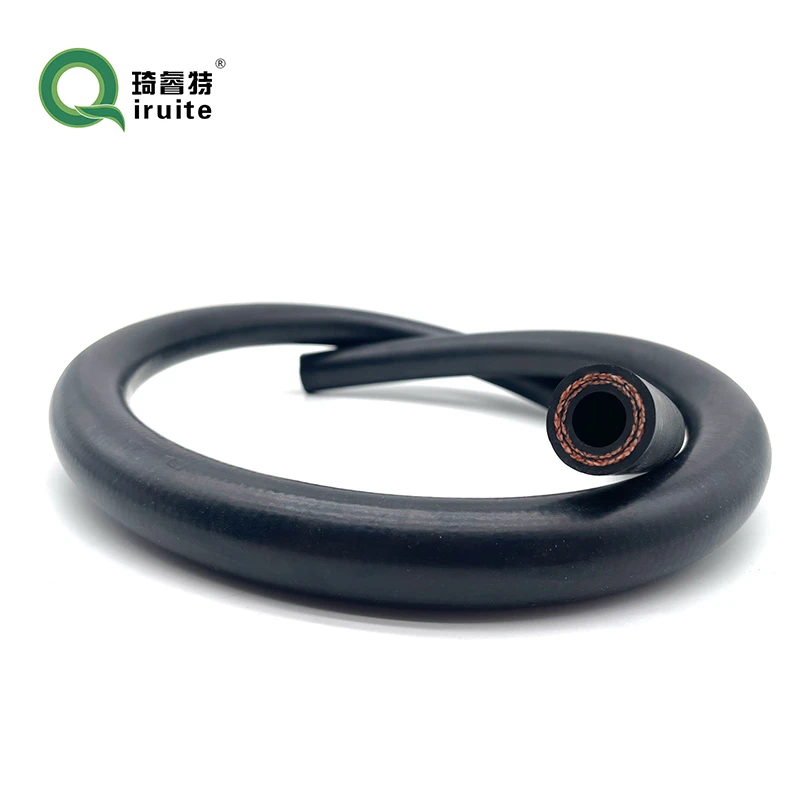AC Pipe Fitting Solutions for Efficient Cooling and Airflow Optimization
Understanding AC Fitting Pipes An Essential Component for Efficient HVAC Systems
In today's world, air conditioning (AC) systems play a critical role in maintaining comfortable indoor environments, especially in regions with extreme weather conditions. One of the essential components that contribute to the function and efficiency of these systems is the AC fitting pipe. In this article, we will explore the importance of AC fitting pipes, their types, installation processes, and maintenance tips.
What Are AC Fitting Pipes?
AC fitting pipes are specially designed tubes that connect various components of air conditioning systems, primarily the compressor, evaporator, and condenser units. These pipes transport refrigerants, which are crucial for heat exchange processes. The efficiency and effectiveness of an AC system largely depend on the quality and compatibility of these pipes, making them vital for optimal performance.
Types of AC Fitting Pipes
There are several types of pipes used in AC installations, each with its unique characteristics
1. Copper Pipes These are the most commonly used pipes in AC systems due to their excellent thermal conductivity and resistance to corrosion. Copper pipes are available in different diameters and wall thicknesses, making them suitable for various AC applications.
2. Aluminum Pipes Although less common than copper, aluminum pipes are gaining popularity due to their lightweight nature and lower cost. They are also resistant to corrosion, making them a reliable choice for specific air conditioning setups.
3. PVC Pipes In some instances, especially for drainage purposes, PVC pipes are utilized. While they are not suitable for refrigerant transport, they are excellent for removing condensate from the AC system.
4. Flexible Refrigerant Pipes These pipes are designed for easy installation in tight spaces. Made from high-grade materials, they ensure efficient refrigerant flow while accommodating movement and vibrations.
Installation Process
The installation of AC fitting pipes requires precision and careful planning. Here are the key steps involved
1. Planning Before installation, it is essential to create a blueprint of the system layout, including the placement of indoor and outdoor units, as well as the routing of pipes.
ac fitting pipe

2. Cutting and Fitting Pipes must be cut to the desired lengths using appropriate tools. Fittings, such as elbows and tees, are used to connect different sections of piping.
3. Soldering and Sealing For copper pipes, soldering is often required to create tight seals at joints. Proper sealing is crucial to prevent refrigerant leaks, which can severely affect the system's performance.
4. Insulation Insulating the pipes is essential to minimize heat loss and prevent condensation. Insulation material should be chosen based on the installation environment and local climate.
5. Testing Once installation is complete, the system should be tested for leaks and overall performance to ensure that it operates efficiently.
Maintenance Tips
Regular maintenance of AC fitting pipes is vital for prolonging the life of the air conditioning system. Here are some maintenance tips
1. Regular Inspections Periodically check pipes for signs of wear, corrosion, or leaks. Early detection can prevent more significant issues down the line.
2. Proper Insulation Ensure that insulation remains intact and replace any damaged sections. This will help maintain efficiency and reduce energy costs.
3. Keep Drainage Clear If PVC pipes are used for drainage, make sure they are not clogged. Routine cleaning helps prevent water buildup, which can cause significant problems.
4. Professional Servicing Schedule regular maintenance with HVAC professionals who can conduct thorough inspections and perform necessary repairs or adjustments.
Conclusion
AC fitting pipes may seem like a small component in the grand scheme of an air conditioning system, but they play an essential role in ensuring efficient operation and comfort in our living spaces. By understanding their types, installation processes, and maintenance needs, homeowners can invest in the longevity and efficacy of their HVAC systems, ultimately leading to a more comfortable and enjoyable indoor environment.
-
Ultimate Spiral Protection for Hoses & CablesNewsJun.26,2025
-
The Ultimate Quick-Connect Solutions for Every NeedNewsJun.26,2025
-
SAE J1401 Brake Hose: Reliable Choice for Safe BrakingNewsJun.26,2025
-
Reliable J2064 A/C Hoses for Real-World Cooling NeedsNewsJun.26,2025
-
Heavy-Duty Sewer Jetting Hoses Built to LastNewsJun.26,2025
-
Fix Power Steering Tube Leaks Fast – Durable & Affordable SolutionNewsJun.26,2025

